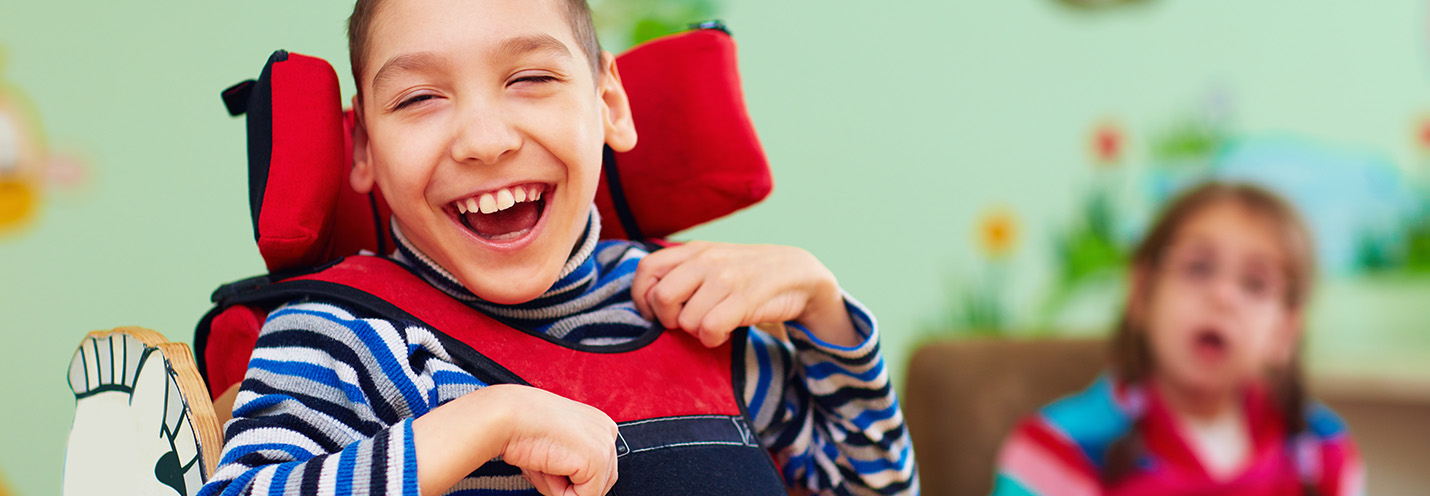Cerebral Palsy (“CP”) – is a condition as a result of a brain injury or a brain malformation which affects the muscles in the body and the ability to control muscles, in a child. Cerebral Palsy affects muscle control, muscle coordination, body movement, muscle tone, posture, reflex and balance. It may also impact on fine motor skills, gross motor skills and oral motor functioning. Muscles can contract too little, too much, or all at the same time. Limbs can be stiff and forced into awkward, painful positions. Fluctuating (changing) muscle contractions can make limbs tremble, shake or writhe. Cerebral Palsy children are most likely born with the condition, although some may acquire it later. The type of CP depends on the location and number of limbs involved, as well as the extent of impairment. This will vary from one individual to another. It can affect legs, arms and even the face; it can affect one limb, several or all. Associative conditions, such as sensory, visual, auditory and intellectual impairments, seizures and learning disabilities. There are different types of CP. There are a variety of classification systems of Cerebral Palsy.
Classification based on severity:
- Mild – means a child can move without assistance; his or her daily activities are not limited;
- Moderate – means a child will need braces, medications and adaptive technology to accomplish daily activities; and
- Severe – means a child will require a wheelchair and will have significant challenges in accomplishing daily activities.

